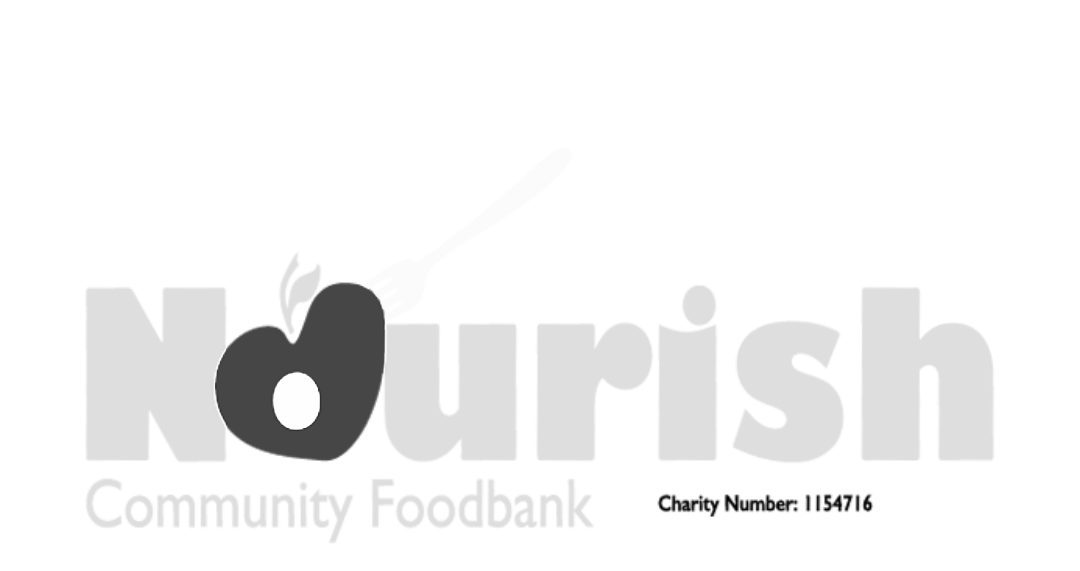Making Tax Digital
Making the UK tax system effective, efficient and easier
MTD – Making Tax Difficult, sorry, I mean Digital, is the HMRC initiative designed to make sure that the UK tax system is effective, efficient and easier for tax payers – or perhaps the Revenue! This initiative set out the vision to end the tax return and transform the tax system by 2020.
The original concept was that tax payers would send HMRC summaries of their income and expenditure at least four times a year enabling a more ongoing and accurate projection of tax due rather the existing system of one return a year. This would have necessitated tax payers to integrate their accounts with software to enable these returns to be made. Along with a number of other clauses MTD was actually removed from the finance bill before the 2017 election which led to speculation that is was going to be dropped all together. However, this is not the case and “son” of MTD known as MTDfb (Making Tax Digital for business) is going to affect some of us from April next year.
MTDfb begins on 1st April 2019 with MTD for VAT. All VAT registered businesses with a turnover above the VAT threshold, whether they are limited companies, sole traders or partnerships, will need to adhere to the following requirements:
- Maintain their accounting records digitally in a software product or a spreadsheet. Keeping paper records only will cease to meet MTD requirements.
- Submit VAT returns to HMRC using functional compatible software that can access HMRC’s own platform.
Firstly, it doesn’t change the current reporting schedule as VAT is already reported quarterly. However, it does dictate how records need to be held and how the VAT return can be submitted. The current guidelines state that from April next year all VAT returns will need to be filed using third party software and the current portal via the HMRC log in screen will be decommissioned. This means that it WILL NOT be possible to file your return by logging into your HMRC portal and entering the figures there.
For businesses already using software such as Xero, Sage & Quickbooks there should be a seamless transition. However, for those businesses not using MTD compliant software and still relying on paper records there is now just six months to become compliant with these new requirements.
If you are still reliant on the HMRC portal for filing your VAT return you need to act now. Moving your bookkeeping records to MTD compliant software needs planning but is easily achievable by the deadline of 1st April 2019. Please do contact us if you are concerned that you are not compliant or would like further details about Making Tax Difficult, sorry, Digital!
More on MTD next week as we look at what to expect going forward after the changes in April 2019…









